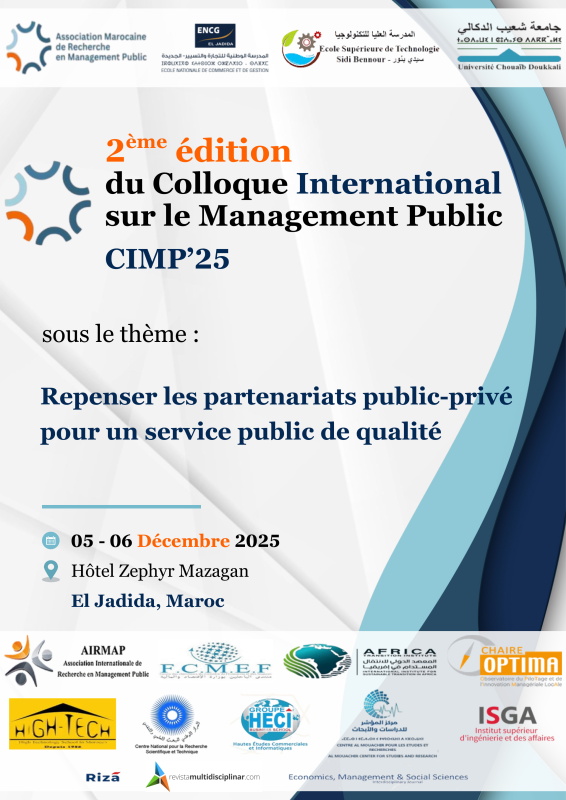The use of electronic devices by children from 0 to 5 years of age
DOI:
https://doi.org/10.23882/MJ2268Keywords:
multimedia, parents, preschool studentsAbstract
Background: Children´s screen time is increasing and is a cause of concern for the implications in their development and health.
Aim: This study aimed to understand the use of electronic multimedia devices by children from 0 to 5 years old in Portugal.
Methodology: A quantitative, descriptive-correlational and cross-sectional study was conducted with 547 parents of children aged from 0 to 5 years, to whom an online questionnaire was applied.
Results: The results showed that 82% of children watch TV on average 85 minutes per day and 57% use the tablet or smartphone 51 minutes per day. The use of these devices increases with children’s age and is negatively associated with the parents' level of education.
Conclusion: The use of electronic devices by children is higher than that recommended by the World Health Organization. Guidelines are discussed to minimize the impact of the use of electronic devices on health and development.
References
American Academy of Pediatrics (2018). Media and Children Communication Toolkit. Retrieved from https://www.aap.org/en-us/advocacy-and-policy/aap-health-initiatives/Pages/Media-and-Children.aspx
American Academy of Pediatrics Council on Communications and Media (2016). Media and Young Minds. Pediatrics, 138, e20162591. https://doi.org/10.1542/peds.2016-2591
Adisak, P., Chiranuwat, S., Pongtong, P., & Sakda Arj-Ong, V. (2018). ICT exposure in children younger than 2 years: rates, associated factors, and health outcomes. Journal of the Medical Association of Thailand, 101, e345. http://www.jmatonline.com/index.php/jmat/article/view/8883
Bedford, R., Saez of Urabain, I. R., Cheung. C. H. M., Karmiloff-Smith, A., & Smith, T. J. (2016). Toddlers' fine motor milestone achievement is associated with early touchscreen scrolling. Frontiers in Psychology, 7, e1108. https://doi.org/10.3389 /fpsyg.2016.01108
Brito, R., & Ramos, A. (2017). Digital technology in family environment: A case of children from 0 to 6. In: International Symposium on Computers in Education (SIIE) (pp. 1-4). IEEE. https://doi.org/10.1109/SIIE.2017.8259673
Howe, A. S., Heath, A. M., Lawrence, J., Galland, B. C., Gray, A. R., Taylor, B. J., Sayers, R., & Taylor, R. W. (2017). Parenting style and family type, but not child temperament, are associated with television viewing time in children at two years of age. Plos ONE, 12(12), 1-16. https://doi.org/10.1371/journal.pone.0188558
Kabali, H. K., Irigoyen, M. M., Nunez-Davis R., Budacki. J. G., Mohanty, S. H., Leister, K. P., & Bonner R. L. Jr. (2015, December). Exposure and use of mobile media devices by young children. Pediatrics, 136, 1044-1050. https://doi.org/10.1542/peds.2015-2151.
McClure, E. R., Chentsova-Dutton, Y. E., Barr, R. F., Holochwost, S. J., & Parrott, W. G. (2015). Facetime doesn’t count: video chat as an exception to media restrictions for infants and toddlers. International Journal of Child-Computer Interaction, 6, 1-6. https://doi.org/10.1016/j.ijcci.2016.02.002
Mendelsohn, A. L., Brockmeyer, C. A., Dreyer B. P., Fierman, A. H., Berkule-Silberman, S. B., & Tomopoulos, S. (2010). Do verbal interactions with infants during electronic media exposure mitigate adverse impacts on their language development as toddlers? Infant and Child Development, 19, 577-593. https://doi.org/10.1002/icd.711
Nikken, P., & Schols, M. (2015). How and Why Parents Guide the Media Use of Young Children. Journal of Child and Family Studies, 24, 3423–3435. https://doi.org/10.1007/s10826-015-0144-4
Nunes, C., Matos, F., & Costa, E. (2016). Qualidade de vida e bem-estar nas crianças em Albufeira. Relatório técnico. Faro: Universidade do Algarve.
Ponte, C., Simões, J. A., Baptista, S., Jorge, A., & Castro, T. S. (2017). Crescendo entre ecrãs: usos de meios eletrónicos por crianças (3-8 Anos). Entidade Reguladora para a Comunicação Social. https://www.erc.pt/documentos/Crescendoentreecras/mobile/index.html#p=1
Rocha, B., & Nunes, C. (2020). Benefits and damages of the use of touchscreen devices for the health and development of children from 0 to 5 years of age – A systematic review. Psicologia: Reflexão e Crítica, 33, e24 . https://doi.org/10.1186/s41155-020-00163-8
Rodrigues, D., Gama, A., Machado-Rodrigues, A., Nogueira, H., Silva, M., Marques, V., & Padez, C. (2020). Social inequalities in traditional and emerging screen devices among Portuguese children: a cross-sectional study. BMC Public Health, 20, e902. https://doi.org/10.1186/s12889-020-09026-4
Silva, E., Simões, P., Macedo, M., Duarte, J., & Silva, D. (2018). Perceção parental sobre hábitos e qualidade do sono das crianças em idade pré-escolar. Revista de Enfermagem Referência, 17, 63-72. https://doi.org/10.12707/RIV17103
Sociedade Brasileira de Pediatria (2016). Manual de orientação: saúde de crianças e adolescentes na era digital. Sociedade Brasileira de Pediatria. http://www.sbp.com.br/fileadmin/user_upload/2016/11/19166d-MOrient-Saude-Crian-e-Adolesc.pdf
Tomopoulos, S., Valdez, P. T., Dreyer, B. P., Fierman, A. H., Berkule, S. B., Kuhn, M., & Mendelsohn, A. L. (2007). Is exposure to media intended for preschool children associated with less parent-child shared reading aloud and teaching activities? Ambulatory Pediatrics, 7, 18-24. https://doi.org/10.1016/j.ambp.2006.10.005
World Health Organization (2019). Guidelines on physical activity, sedentary behavior and sleep for children under 5 years of age. World Health Organization. http://www.who.int/iris/handle/10665/311664
Wu, C. S., Fowler, C., Lam, W. Y., Wong, H. T., Wong, C. H., & Loke, A. Y. (2014). Parenting approaches and digital technology use of preschool age children in a Chinese community. Italian Journal of Pediatrics, 40, e44. https://doi.org/10.1186/1824-7288-40-44
Zhao, J., Zhang, Y., Jiang, F., Ip, P., KaWing Ho, F., Zhang, Y., & Huang, H. (2018). Excessive screen time and psychosocial well-being: the mediating role of body mass index, sleep duration, and parent-child interaction. JAMA Pediatrics, 202, 7-62. https://doi.org/10.1016/j.jpeds.2018.06.029
Published
How to Cite
Issue
Section
License
Copyright (c) 2022 Bruno Miguel Parrinha Rocha, Cristina Nunes

This work is licensed under a Creative Commons Attribution-NonCommercial 4.0 International License.









